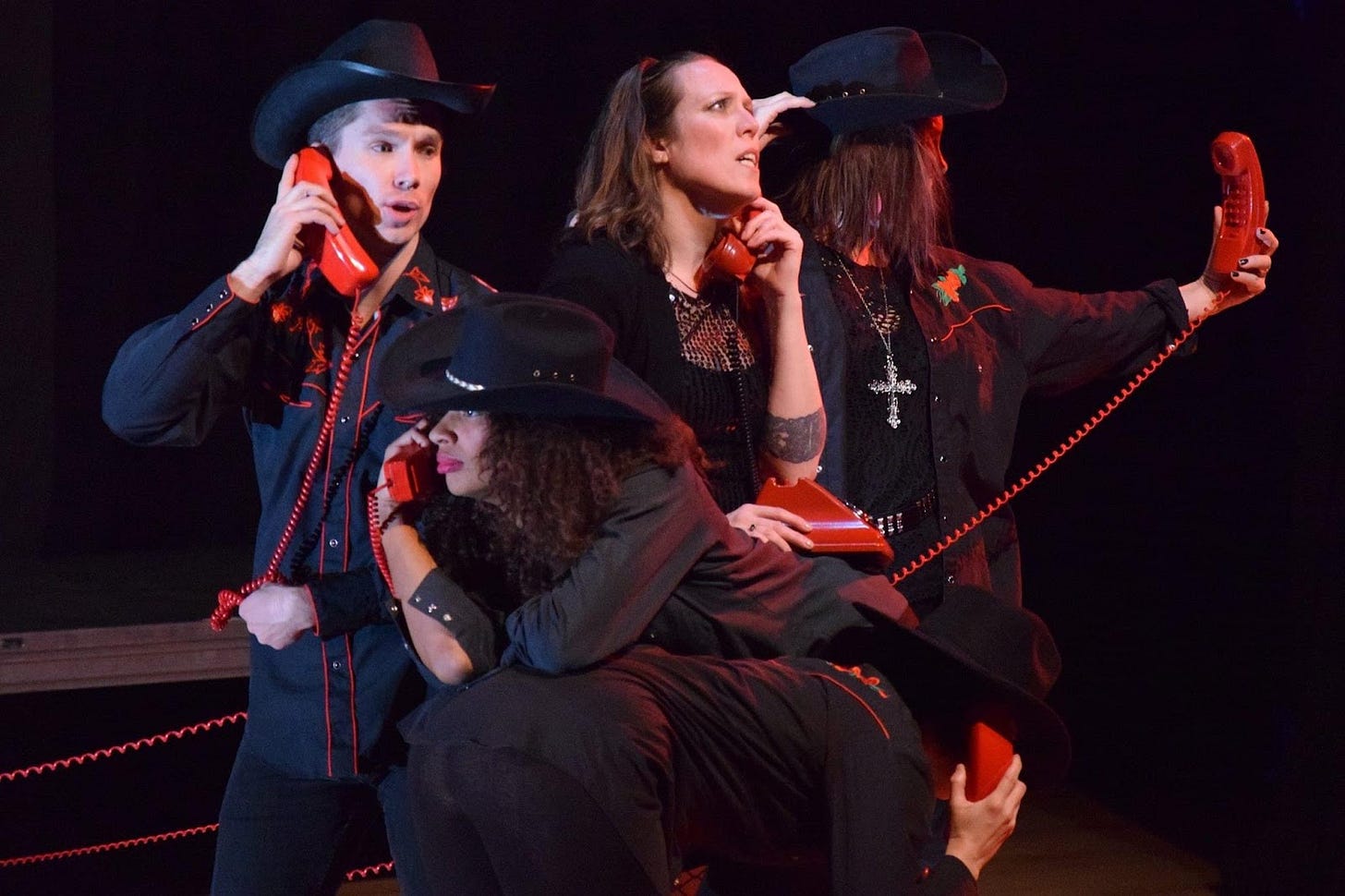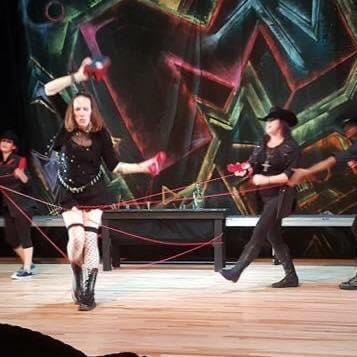Next Time: Chapter 8: So This is How it Feels
[this is a GLOSS on Chapter 8, which has been linked here for your convenience. This chapter will also be reshared on Substack Notes.]
*
I’ve written about kintsugi before, and I realize it’s something of a sentimental cliche as a topic these days, but I don’t care: I lurv it. I love the poetic idea of the cracks and breaks in an already beautiful item making the item more beautiful. I don’t care if it’s a sappy sentiment—it’s a good sentiment. That’s why I like wabi-sabi too: age and coffee stains makes the thing more beautiful and more valuable. That’s a thing I learned during my stint working at Boulder Bookstore’s used section: books with inscriptions are considered more valuable and sellable, not less. Not like: tons of marginalia or highlighter marks everywhere, but personal bookplates and inscriptions are sought after. I had assumed the opposite, but.
I write more about this concept and related ones in my personal essay titled Mosaic, too:
I often describe my own way of writing and teaching as “bird-nesting” (gathering bits and sticks and fluff from other things and forming them into my own curriculum), but I wonder if I shouldn’t be referring to it more as mosaic. Putting little broken pieces, not back together, but together in a new way.
I Miss My MTV (2014, revival 2015)
It’s a major project to compose a derived theatre piece like this: it’s so much work and time put in by the ensemble, but it does lead lead to so much creative fulfillment. In this production, many of my bits of choreography and even full Moments were included in the final show lineup, which makes me feel very proud. The show was very much like a variety show, in that it was composed of many short pieces of dance, theatre sketches, live visual art, and combinations of those, with some accompanied by recorded music, and some by a live band. The result was a lot like sitting in front of the TV set to MTV in the ‘80s: a series of strangely theatrical music videos.
Some of my performer highlights included: background singer/Temptations gestures to Weird Al’s ‘One More Minute’; the role of stenographer for an all-lyric sketch in a divorce court; biting the head off a (fake) dove to Metal and dropping to my knees to pray to Madonna; and choreography to the lyrics of ‘The Promise.’ They really mined my relationship situation for its rich ore, in most of these pieces—more than just the one I describe in this chapter. I must’ve been glowingly raw in those days.
The Bar at the End of the World didn’t make it in to the show, either time we did it, so its choreography was halted before we got too far into it. But what took its place was the Depeche Mode cowboy and telephone piece that had been a transitional bit before. That dance consisted of me being pushed around and pummeled by two (in the revival, 4) sexy cowboys, and included many falls, a back roll holding shot glasses, and ended with me being all wrapped up in long curling telephone cords, calling into the void for help, the cowboys parroting back with Please Hold dialogue. This was an elaborate spectacle of a dance, and I was a central figure. It’s a dance piece that makes me proud to this day, and I have no doubt that my later discovery of burlesque and casting of variety shows stemmed directly from this.
Related to this chapter: A truth about acting, which is one of the many reasons why Method acting and hyper-Realism (and Reality TV) drive me up the wall so much:
When you feel strong emotion onstage as an actor, you have to have at least a small fraction of yourself lifted free of it, so that your voice continues to be audible and understandable, so that you can execute things like blocking or other more complicated choreography, so that you don’t collapse into a wet rag. You learn (messily, painfully, like drowning and then being yanked out of the water and vomiting yourself back to life) to use those bleeding shards as an ingredient in your art. Breath training, physical conditioning, all that helps. You even learn how to crack yourself, on purpose, in particular artistic ways, so the shards look just so, for your performance.
CLOSING NOTE: I still haven’t listened to the song, and I won’t. It’s in my head in the proper way, for me. I don’t want to hear it to music. Another unfortunate thing I do realize:If and when I get this memoir traditionally published, I probably won’t be allowed to use any of these lyrics, right? That’s a shame.

*
TODAY’S BIBLIOGRAPHY:
Ferguson, Kirby. Everything is a Remix (2023 edition). YouTube: Mar. 21, 2023. Available:
Firewater. ‘6:45 (so this is how it feels).’ From: The Golden Hour, 2008.
Gibson, William. Pattern Recognition. NYC:Berkley Publishing Group, 2004.
Lessac, Arthur. Body Wisdom. San Bernardino, CA: Lessac Institute Publishing Company, 1990.
Norwood, Margaret and Galina Bulgakova. Sanity in Acting. Crreatespace.com, 2014.
Royal Shakespeare Company. ‘Passion and Coolness,’ from Playing Shakespeare. BBC: 1984. Available:




